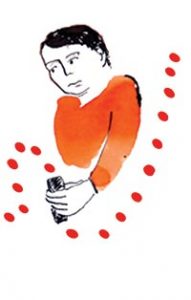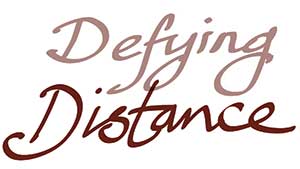
The starting point for building innovative and resilient partnerships is to deepen understanding and develop approaches that can handle challanges and issues constructively.
Anxiety surrounds all new relationships – first connections are always tentative – we have to invest quality time to build understanding and insight. Practitioner working in the Middle East
Those managing the partnerships and partners themselves can help deepen understanding by asking each other questions that get beneath the surface to reveal underlying interests, qualities and aspirations of every partner. Done sensitively and systematically this can also help to reveal the potential of each partner to contribute more fully towards making the partnership effective.
There is, however, a contradiction at the heart of all partnering: that partners seek certainty to feel comfortable enough to partner and yet have to grapple with the fact that partnering itself produces considerable levels of uncertainty.
Practitioners said that reducing uncertainties helps them to partner better. However, the very process of partnering also generates uncertainties, because it is dealing with different stakeholder groups and complex issues that may not have easy or obvious solutions. It is challenging for any partnership to work through complex issues, but it is often by actually working through them that partnerships become truly transformational.PBA report from DEPP partners regional Learning Event
Philippines, July 2017
In partnering remotely, it seems that this contradiction may be felt even more strongly because partners feel cut off from visual information as well as opportunities for building trust and for gaining greater insight into each other’s values, contexts, expectations and constraints.
In my culture and experience, 80% of communication is through eye contact and getting visual clues about what impact a conversation is having. Without this it takes much longer to gain confidence and build genuine trust. All my partnering decisions require me to make a judgment call – this is a lot of pressure – it will be me who is accountable if / when things go wrong.Practitioner working in East Africa
Not everything is ‘simple’ but we often over-simplify things because the alternative is seen as too challenging or time-consuming. We easily make assumptions, for example about why people do what they do or that we have understood what is being said and what people mean. But we may be wrong:
A huge issue in partnering across geographies is working across language boundaries and the great dependence of the partnership on interpreters / translators. No one is ever quite sure exactly what has and has not been communicated. This is quite serious because major decisions are often made based on unsubstantiated assumptions.Practitioner working in SE Asia
Many of us learn the hard way (when things have not gone according to plan) that some things do require more attention, more penetration and more time. In fact, getting beneath the obvious is a pre-requisite for the generation of new ideas, actions and approaches.
Download:
The ‘What?’ & ‘Why?’ Prompt Sheet (pdf)
The ‘What?’ & ‘Why?’ Prompt Sheet (word)
It is important to reflect on why things have happened (or have not happen) to understand what needs to be done differently to ensure the partnership optimizes its potential for inclusive, sustainable and transformational change.
Another partnering paradox may be that taking ‘time off’ from our usual frenetic pace in order to reflect on our partnership is the best way to use ‘time on’ to partner optimally. If you want to get beneath a ‘business as usual’ approach in your partnerships, NOW might be the time to start keeping a journal of what you observe to assist you in thinking through what is needed for the partnership to get better.

